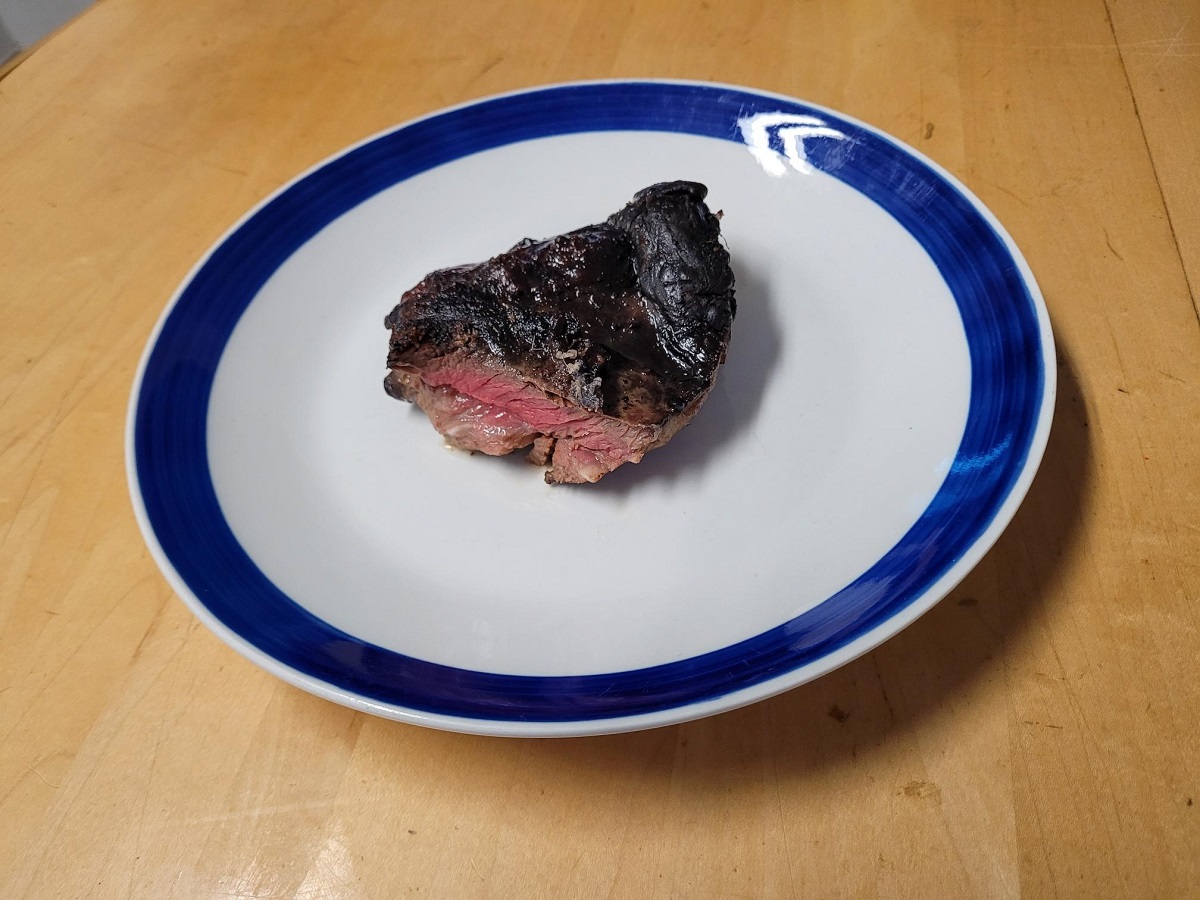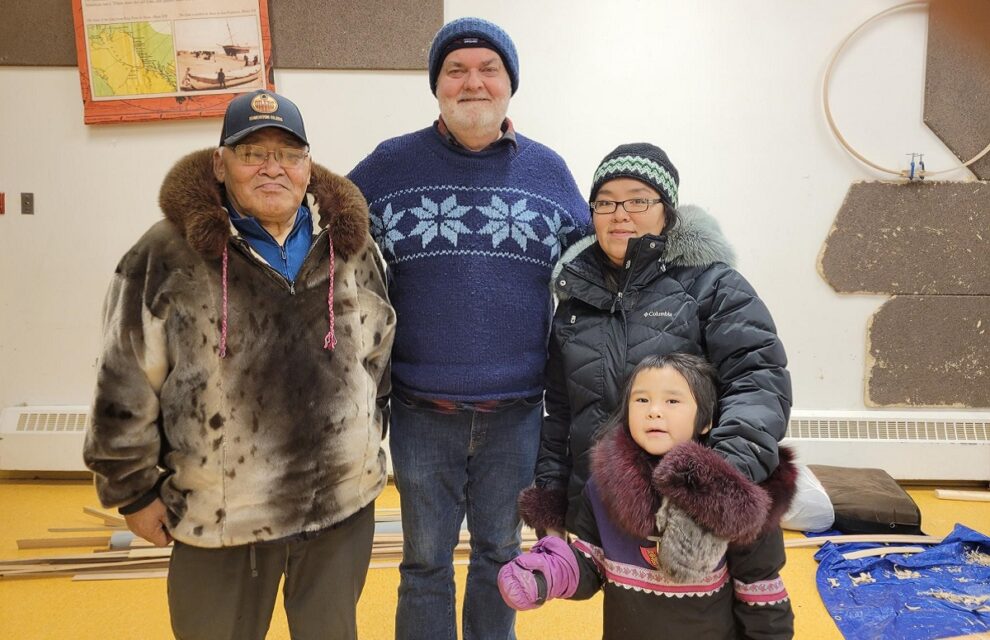I am currently in Gjoa Haven, Nunavut, where I have just presented my film The Blinding Sea a few times to the Inuit community. This has been a tremendous experience. As an artist-historian from an altogether different background and culture, in southern Quebec, returning here has been like coming full circle, returning to the source.
Gjoa Haven (Uqsuqtuuq) is the place, on the south side of King William Island in the Canadian Arctic Archipelago, 2084 km. due north of Winnipeg, where Roald Amundsen and his small Norwegian and Danish crew spent two years (1903-1905) living with and learning from Inuit. They were on a three-year voyage through the Northwest Passage. Actually, the two-year period Amundsen and his crew spent in Gjoa Haven was one of the happiest and most fruitful of their entire lives.

The responses from Inuit to my film this week have been very positive. I have been treated with kindness and respect. As a first-time filmmaker nobody here knew, who just blew in one day from southern Quebec, and began working on a film over several years and on repeated visits, it has been important for me to gain and maintain the trust of people here. Why? Inuit not only appear in the film, sharing oral histories on camera: they also painstakingly demonstrate skills and artistry on camera, for example dog-sledding, igloo-building and throat-singing – skills and artistry that greatly impressed Amundsen in his day.
Paul Ikuallaq, to the left of me in the feature image at the top of this blog, told me this week he found the film very interesting and informative: he learned a lot from it. He is the grandson of Koleok, a woman who knew Amundsen well enough in 1904-1905 to propose marriage to him. Freda Nakoolaq, to my right in the same image, plays the role of Koleok in my film, that is, her Inuit great-grandmother: she said I had treated her scenes respectfully and tastefully. Her husband Leroy Nakoolaq said it was all very well that I should make a historical film: but could I help Inuit gain a voice today in the management of wildlife in the Kitikmeot Region, since many decisions on hunting quotas are imposed by bureaucrats in southern Canada, who have little direct knowledge of the size and health of wildlife populations here.
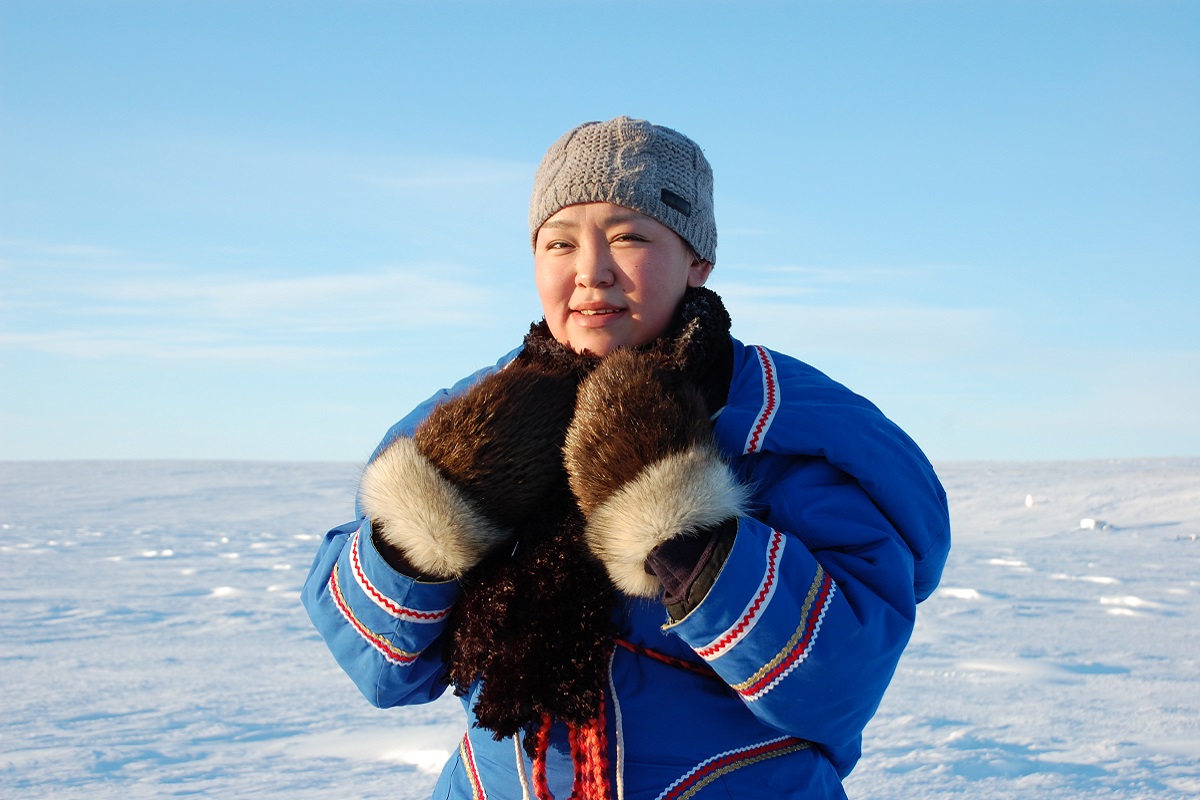
Koleok’s descendants appear in this film, as a way of putting a human face on Amundsen’s relationships with Inuit. I also interview descendants of Amundsen, Adrien de Gerlache, Robert Falcon Scott, Ernest Shackleton and Teddy Evans. Actually, another member of the audience, Samuel Takkiruq, said he found the character of Sir Ernest Shackleton very interesting: he noted that I interviewed Shackleton’s granddaughter Alexandra for the film in Athy, Ireland.
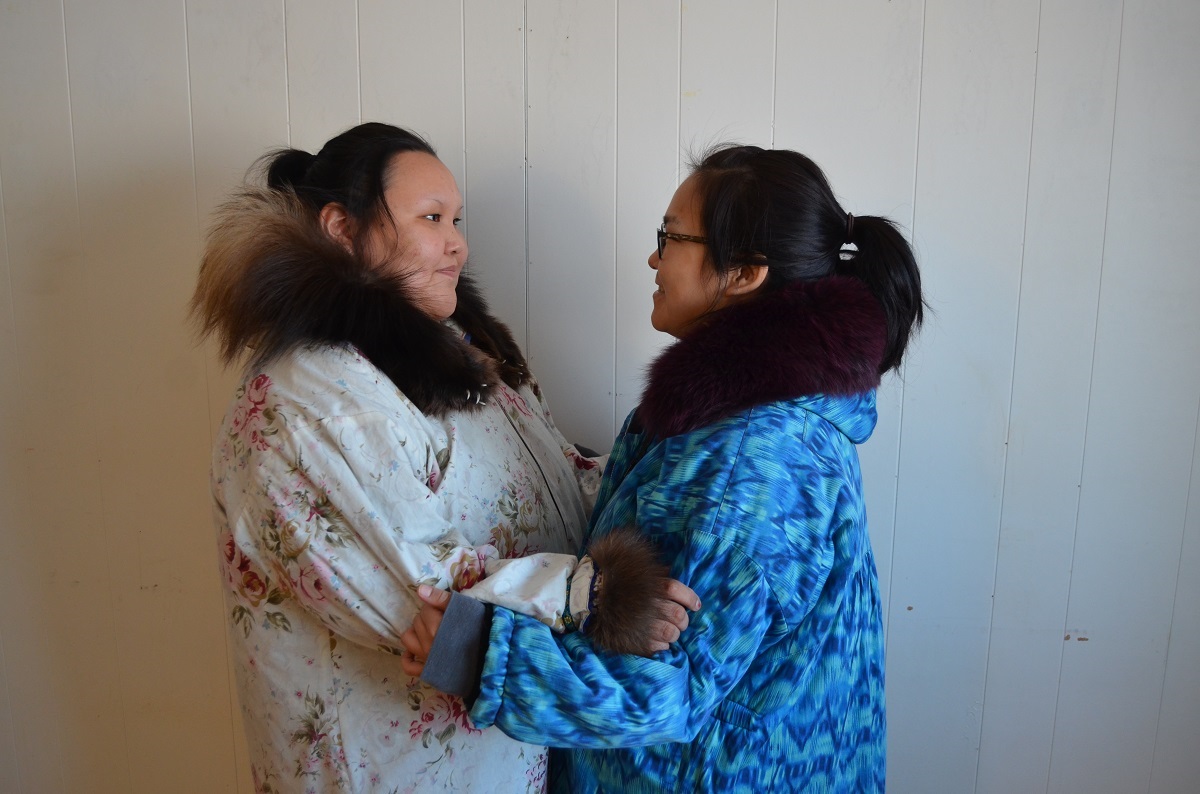
Janet Aglukkaq told me, her eyes beaming, “thank you for bringing your film to Gjoa Haven: I really enjoyed it.” I noticed, when she watched herself throat-singing along with Robin Ikkutisluk in The Blinding Sea, that she was, once again, mouthing these incredibly beautiful throat songs live, a few seats over from me in the cultural centre. I could see her move her lips, sitting near me, in sync with her voice in the film.
Inuit in Gjoa Haven traditionally call themselves Netsilingmiut, and they live across the Kitikmeot Region, which comprises the southern and eastern parts of Victoria Island as well as the neighbouring part of the mainland eastwards to the Boothia Peninsula, along with King William Island and the southern portion of Prince of Wales Island.
I discovered an unexpected story, while making this film – at kitchen tables in this region, on the Southern Ocean and the Beaufort Sea, on the tundra, flying over mountain ranges, and even visiting chateaux and other splendid houses in Europe. Sure, Amundsen was an agile leader of men, a brilliant Norwegian explorer, athlete and navigator, a person driven to succeed. We are used to hearing that kind of story, because tales of polar exploration are generally told in terms of white polar heroes going to the Ends of the Earth, braving all odds, then staking claims to territory and resources for their countries back home.
But Amundsen was more than that. I discovered the secret, if you like, behind his success. Amundsen had no imperialistic or colonial or exploitative ambitions. He was a person willing to present himself humbly before the Inuit and say to them, “help me to unlearn what I thought I knew, then teach me what you know.” He, in turn, taught Inuit how to use firearms, how to stock food for the winter, how to ski and, once summer came, how to swim in the lakes inland from the sea.
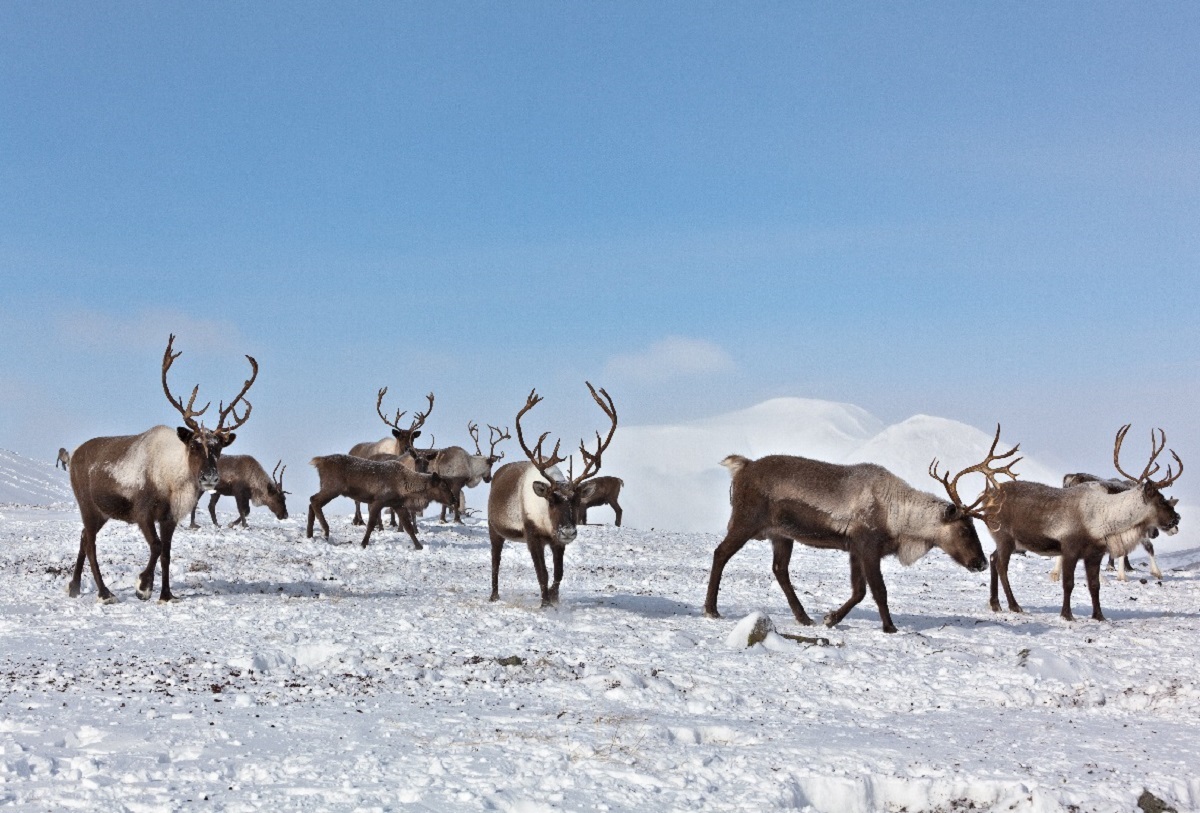
The film shows how Inuit taught Amundsen many skills, such as how to read ice and snow, how to stay psychologically healthy in the extreme conditions of the High Arctic, how to avoid scurvy by eating fresh meat, how to lead dog-teams and build igloos, how to avoid snow-blindness, frostbite, hypothermia and other polar ailments, and how to enjoy the company of huskies! These are all Inuit management skills, based on profound knowledge of the polar environment.
I would like to come back to unlearning, since life has taught me how important this is. They say universities are institutions of higher learning. I remember, as a university professor over a decade, armed with syllabuses and lists of required readings, how thousands of my students were supposed to learn a lot of “new stuff” each time. The university actually had no particular interest in unlearning.
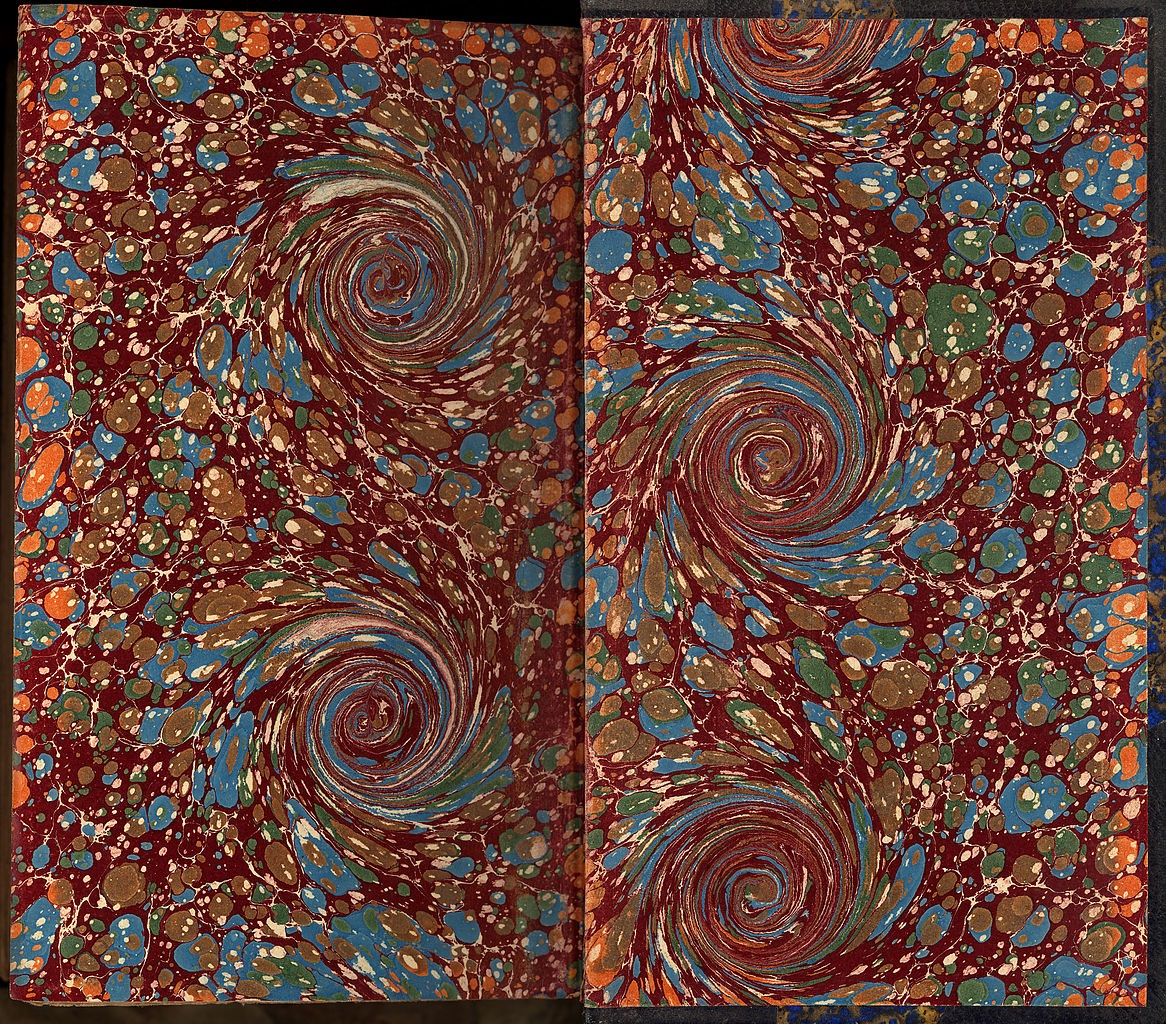
Yet if we are unable to free ourselves, by unlearning, of the default thinking, unwarranted assumptions, hidden vices and comfortable prejudices that so often distort our view of the world, how are we ever to learn anything?
The particular challenge in the case of Amundsen and the Inuit, was that he had to learn from them not just details but a whole new paradigm of knowledge, a new way of seeing things, by taking an in-depth look at everything, which meant setting aside what he thought he knew, and taking the time and effort to learn from scratch.
For example, one Inuk, Teraiu, taught Amundsen how to make an igloo no less than 60 times. This means Amundsen must have made unstable or misshapen or even collapsing igloos 59 times in a row, before he finally got it right.
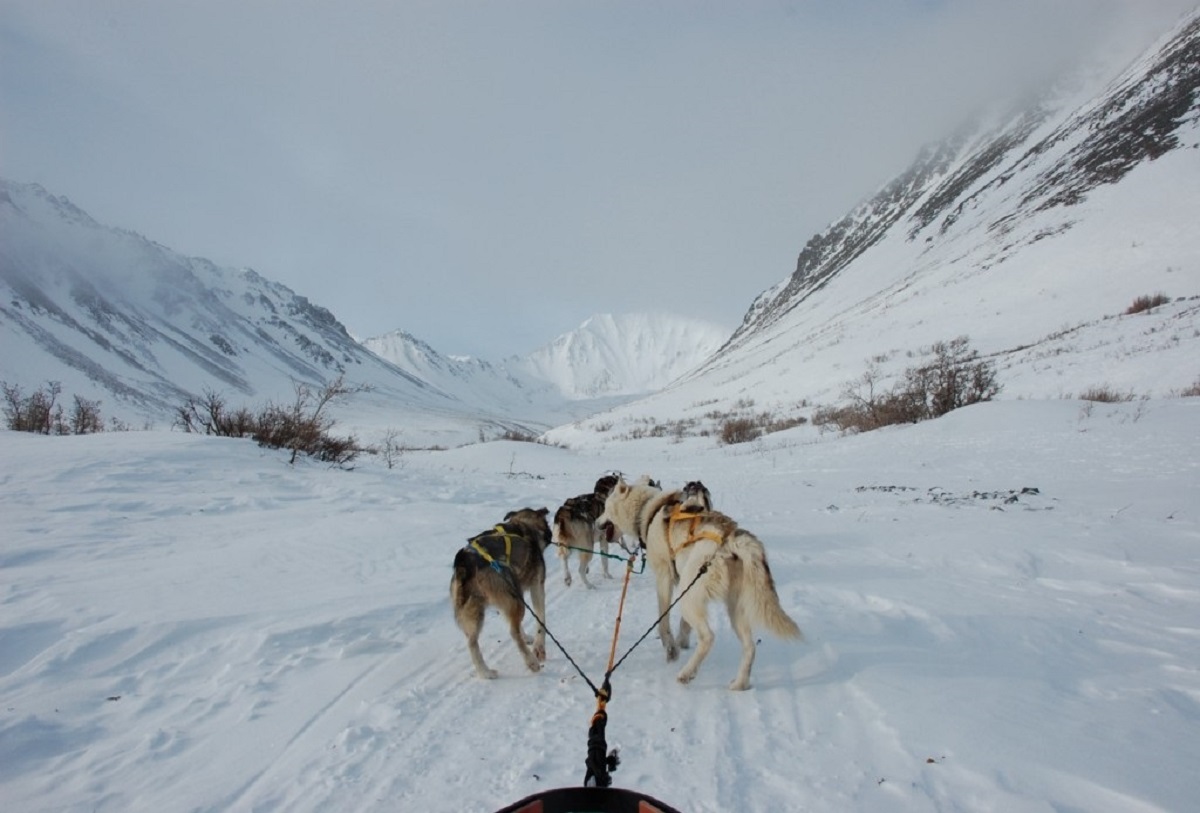
So how were my interactions with Inuit overall? Leroy Nakoolaq said, with the biggest smile on his face: “since you translate so much from English to French and French to English, how about learning how to translate from English to Inuktitut?” I replied I would first of all need a good teacher, whom I would meet on a regular basis, to work on my spoken Inuktitut. I take Leroy’s teasing, and also his suggestion that I help people here gain a stronger voice down south, as a friendly invitation to learn more from Inuit.
Thanks to Jennifer Ullulaq and Robin Ikkutisluk for their work on organizing and promoting the screenings of my film this week.
And thanks to Charlie Cahill and Nancy Logan, of CAP Enterprises, for their invaluable logistical help.
